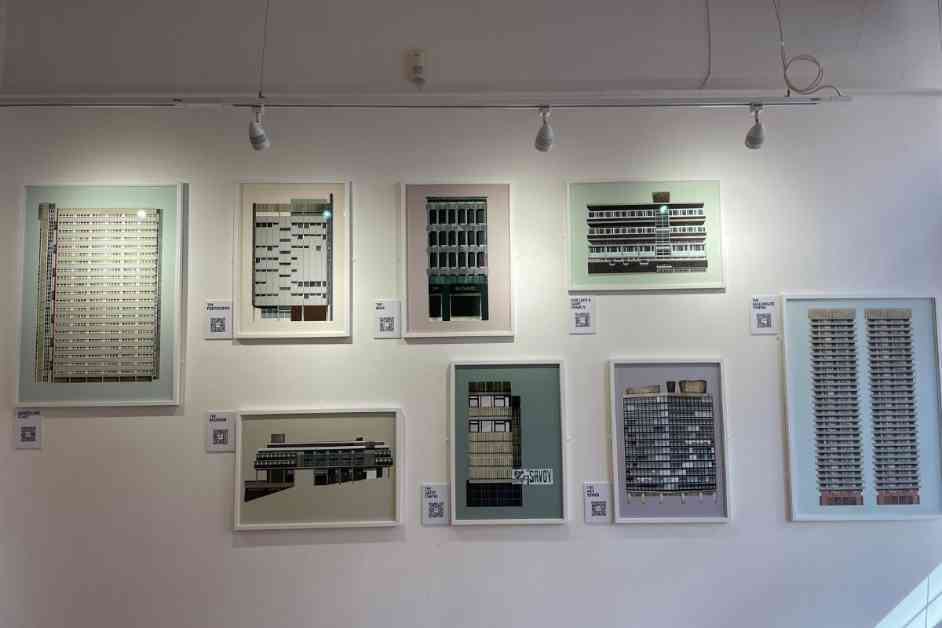Unveiling Glasgow’s Controversial Architecture: An In-Depth Look
Glasgow, known for its rich history and vibrant culture, is home to a diverse range of architectural styles that reflect the city’s evolution over the years. One such architectural style that has sparked both praise and criticism is brutalism. The Brutal Glasgow exhibition offers a unique opportunity to explore some of the city’s most overlooked and controversial buildings, shedding light on their construction, significance, and impact on the community.
The exhibition showcases eight brutalist buildings in Glasgow, each with its own story to tell. From the now-demolished Gallowgate Towers to the iconic Met Tower, these structures have played a significant role in shaping the city’s skyline and identity. Through a combination of illustrations, audio commentary, and personal reflections, visitors are taken on a journey through time, exploring the history and legacy of these architectural marvels.
Uncovering the History of Brutalism in Glasgow
Brutalism, characterized by its use of steel and concrete in massive blocks, has often been a topic of debate among architecture enthusiasts. For some, it represents a bold and iconic style, while for others, it is synonymous with ugliness and failure. In Glasgow, where rapid urban development in the 1950s and 60s led to the construction of numerous brutalist buildings, the legacy of this architectural style remains a point of contention.
The exhibition delves into the social, cultural, and political factors that influenced the design and construction of these buildings, offering insights into the challenges and controversies surrounding brutalism in Glasgow. Through interviews with architects, academics, and residents who lived or worked in these structures, visitors gain a deeper understanding of the context in which these buildings were created and the impact they had on the cityscape.
Personal Perspectives and Collective Memories
One of the most compelling aspects of the Brutal Glasgow exhibition is the personal stories shared by individuals who have a connection to the featured buildings. From former students of Our Lady and St Francis Catholic Girl’s School to patrons of The Savoy Centre, these firsthand accounts provide a glimpse into the everyday lives of Glaswegians who interacted with these architectural wonders.
Through interactive audio commentary curated by Rachel Loughran, visitors are able to immerse themselves in the history and heritage of each building, gaining a deeper appreciation for the role they played in shaping the city’s identity. The juxtaposition of visual illustrations with oral narratives creates a multi-dimensional experience that appeals to both art enthusiasts and history buffs alike.
As visitors navigate through the exhibition, they are invited to reflect on the changing landscape of Glasgow and the enduring legacy of brutalism in the city. From the futuristic design of the BOAC building to the imposing presence of the Met Tower, each structure tells a unique story of innovation, resilience, and adaptation in the face of urban transformation. By engaging with these narratives, visitors are encouraged to reconsider their preconceptions about brutalism and appreciate the architectural diversity that defines Glasgow’s skyline.
In conclusion, the Brutal Glasgow exhibition offers a thought-provoking and insightful exploration of Glasgow’s most controversial architecture. It challenges visitors to reevaluate their perceptions of brutalism and invites them to engage with the rich history and heritage of the city’s built environment. By uncovering the stories behind these iconic buildings, the exhibition serves as a reminder of the importance of preserving and celebrating Glasgow’s architectural legacy for future generations to appreciate and enjoy.















